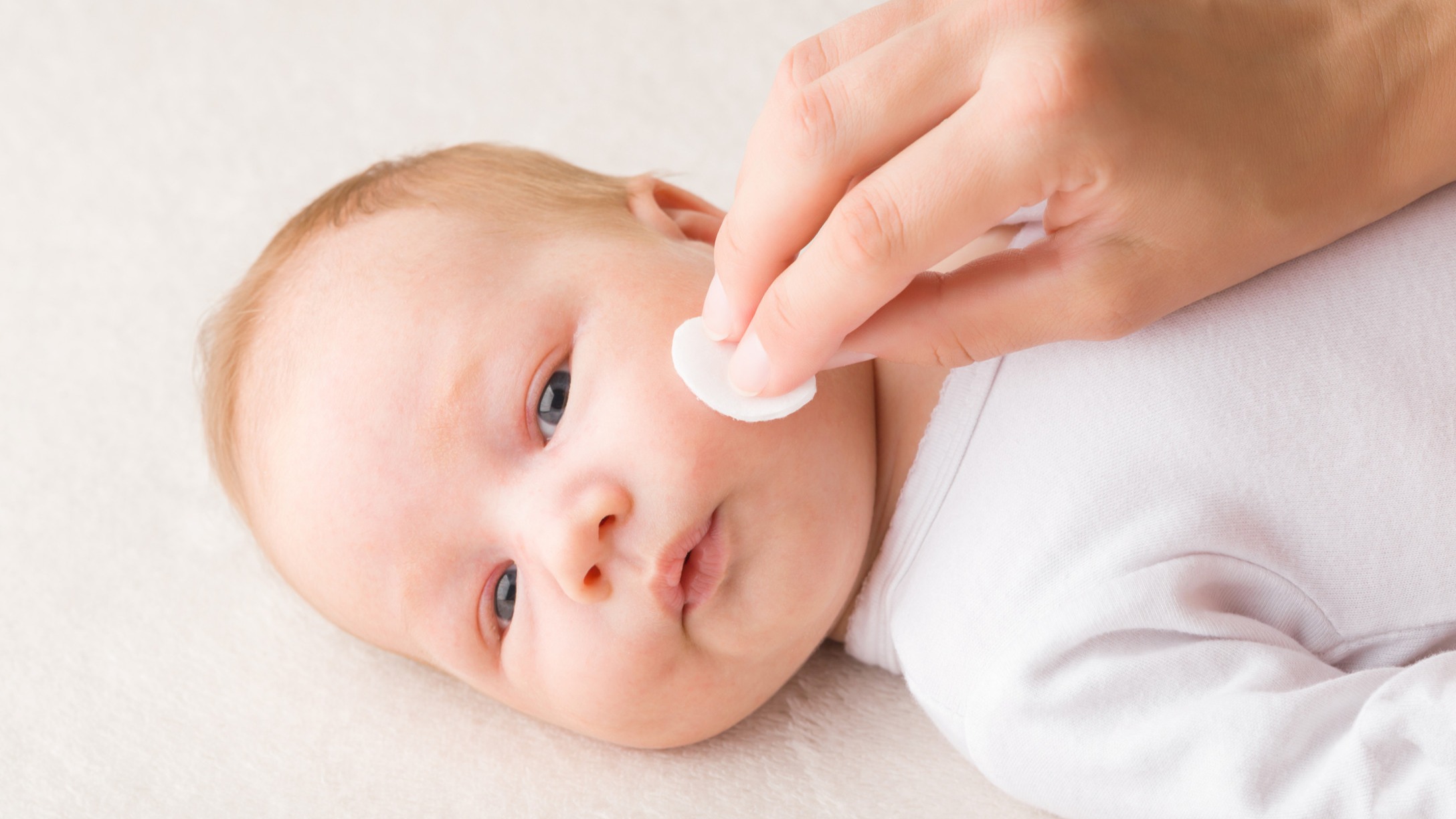
Although they can be scary to see at first, skin rashes on kids are somewhat common, so we may be able to help ease your fears.
Babies and young children have more sensitive skin than adults, which means they’re affected by more things. They may also be more likely to encounter germs from day care or school, or even when they’re busy crawling around on the ground.
That being said, always consult with your doctor about any new or worsening symptoms your kids have, especially if they have other signs, like a fever or loss of appetite.
But this list of common skin issues that can occur in babies, toddlers, and kids can be a good start as far as narrowing down what might be troubling your kids’ skin.
More from CafeMom: 16 Ways To Keep Baby Happy & Healthy During Allergy Season
Baby Acne
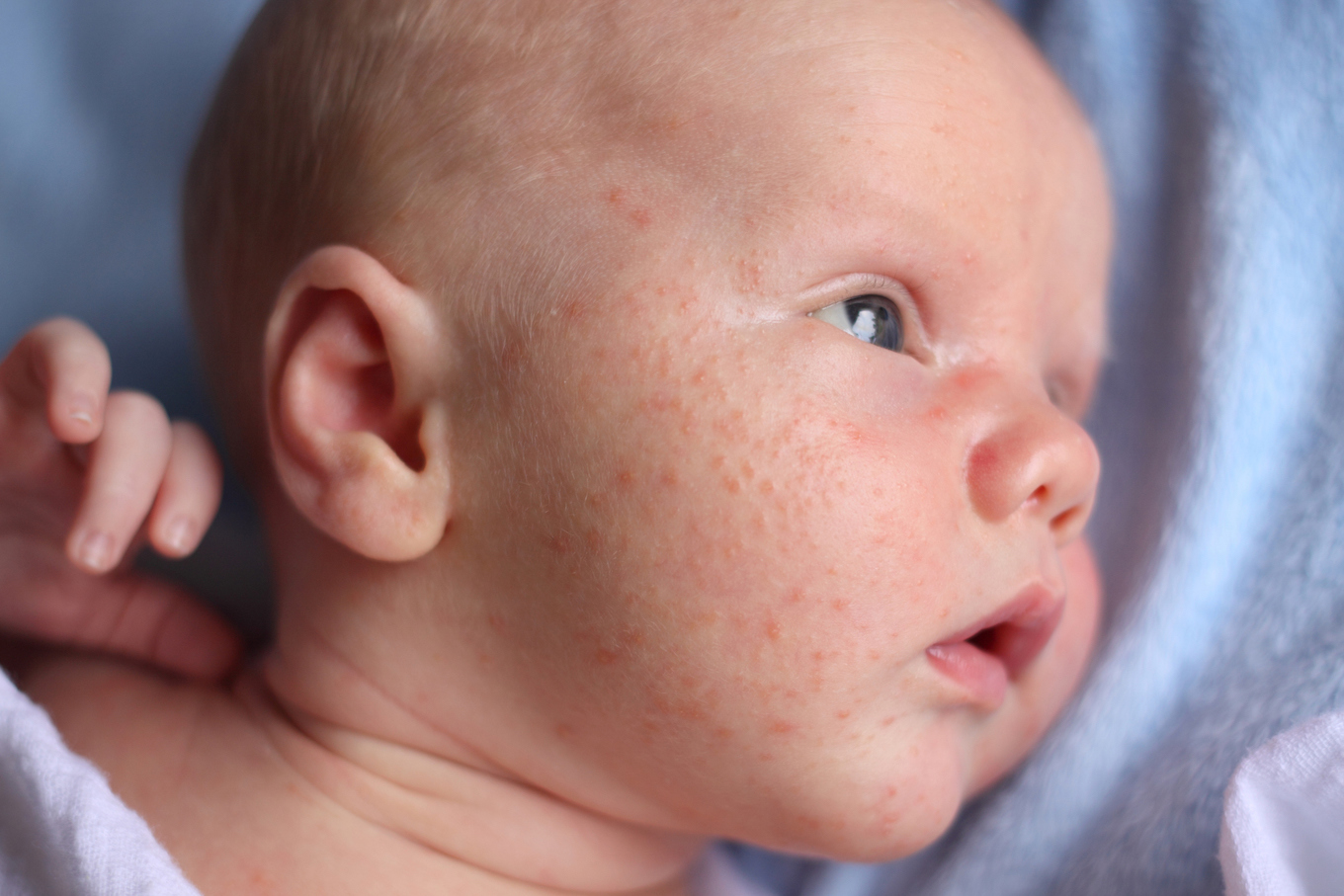
Acne isn’t just for teens. Babies can experience small bumps on their faces and necks in the first few weeks after birth. In some cases, baby acne is hormone-driven or may even be impacted by the weather if your baby is born during the summer months.
According to the Mayo Clinic, baby acne is harmless and usually goes away on its own without treatment. You can help in the meantime by keeping your baby’s skin well-moisturized.
Drool Rash

Excess drool on a baby’s face can eventually lead to irritation, according to the National Childbirth Trust. Drool rash is a common skin ailment, especially during teething, when drooling tends to be worse.
Parents should take care to wipe off the baby’s spit to keep it off the skin but don’t wipe too hard or too often or that will further irritate the skin. You can also apply a barrier, like Vaseline, to help keep the skin protected from the drool.
Hand, Foot, and Mouth Disease
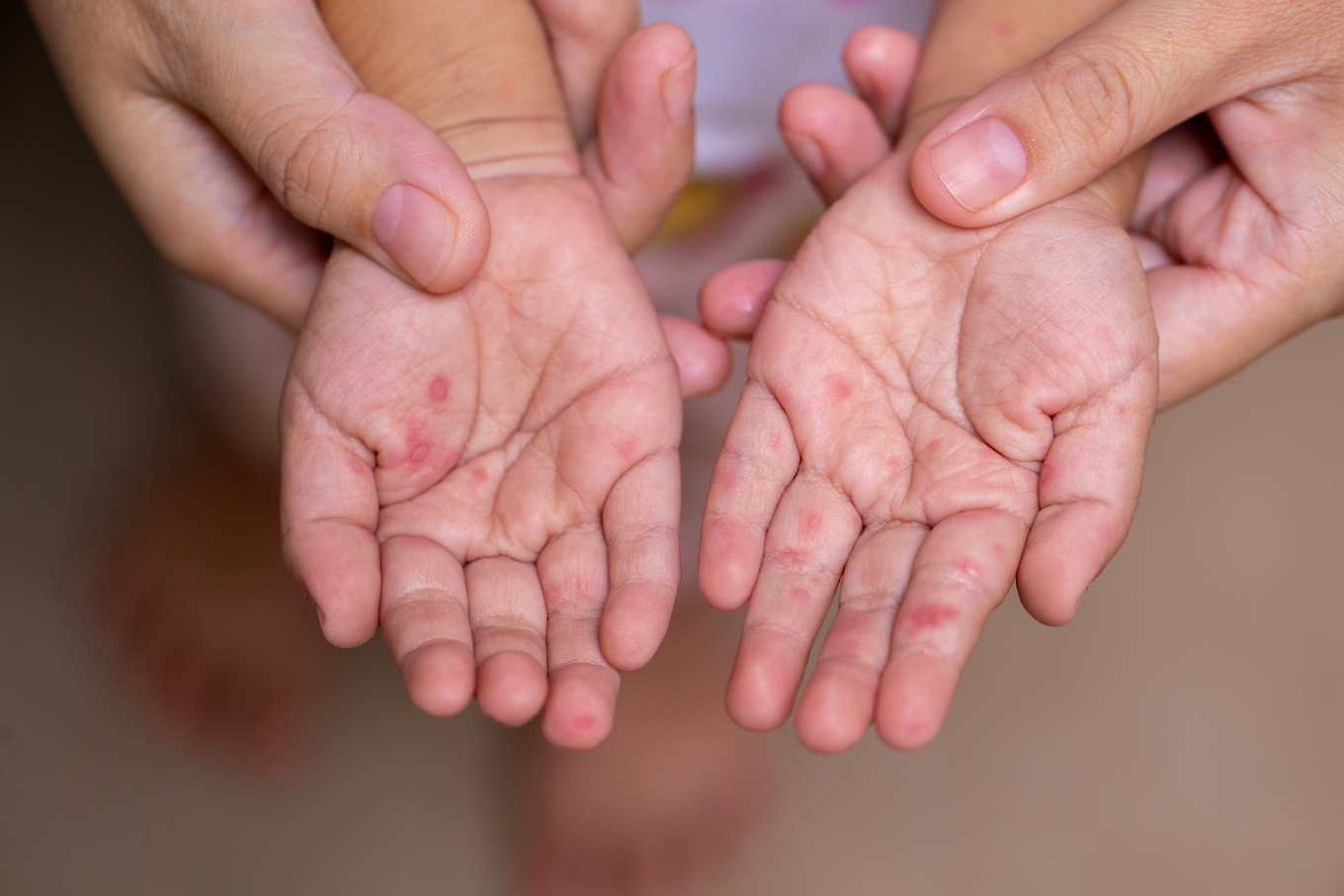
Hand, foot, and mouth disease is a gnarly rash of sores that typically afflicts a child’s hands, feet, and the skin in and around their mouths.
Because hand, foot, and mouth is highly, highly contagious, and can spread through saliva and fecal matter, this makes high-touch public areas pretty risky. Fortunately, the disease should clear up in about two weeks and children retain immunity from it thereafter.
The blisters can be very uncomfortable and cause peeling and pain on the fingers, toes, and even sometimes in the mouth and throat. Supportive measures like popsicles can help ease throat discomfort and watch the spots for any signs of infection.
More from CafeMom: Toddler Nearly Dies After Finding a Spider in Family’s Christmas Tree
Ringworm

Ringworm is relatively easy to spot on a child from its telltale red, ring-shaped, scaly rash. According to the Cleveland Clinic, ringworm is caused by a type of fungus that lives in humid conditions.
Children who spend time in public locker rooms or showers at pools or play contact sports, such as wrestling, are extra-susceptible to this rash.
Ringworm is very contagious for the few weeks it takes to clear up, so avoid sharing items like clothes or towels with anyone who has an infection.
Cradle Cap
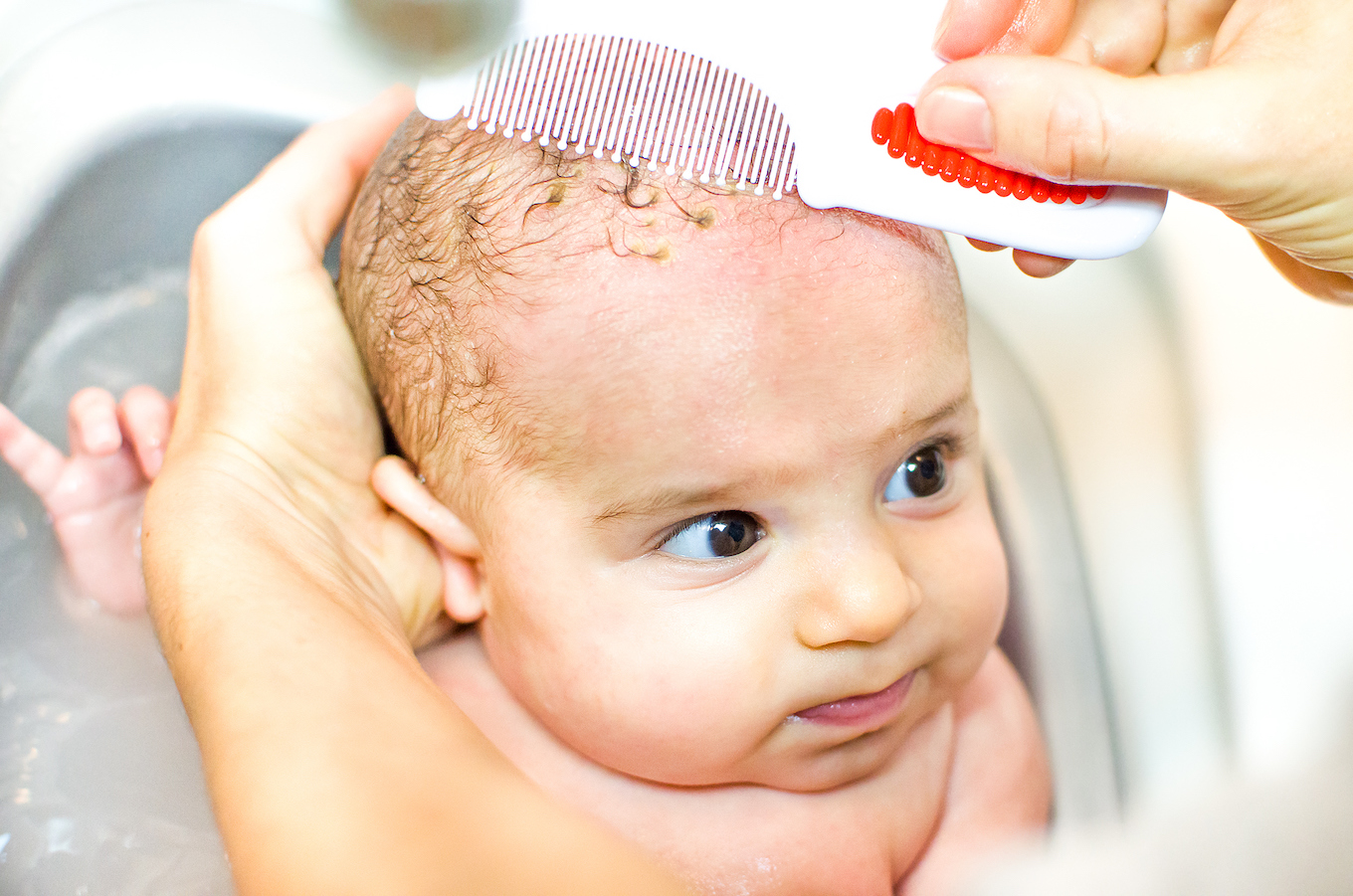
The exact cause of cradle cap still isn’t known, with doctors musing that it could be anything from an overgrowth of yeast or oil to hormones. In any case, it isn’t harmful to the baby, but the peeling, dead skin can be a little unsightly.
The affliction tends to disappear on its own after a few months, but shampooing can help loosen the flakes faster. Try CeraVe Baby Wash & Shampoo for a gentle way to tackle the issue and use a soft bristle brush to loosen the scales. Moisturizing after a wash can also help.
Fifth Disease
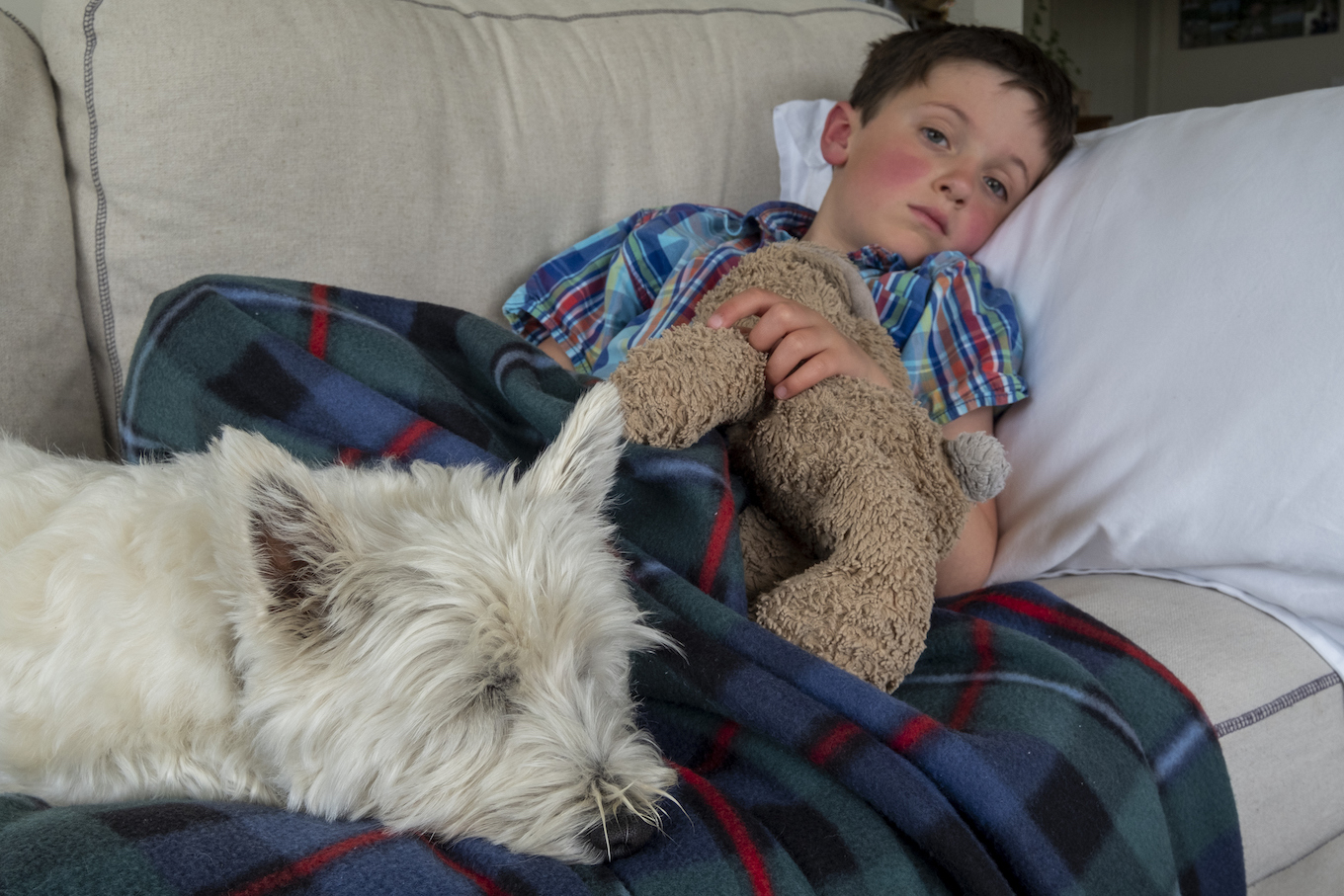
Also known as “slapped cheek” disease, this rash will usually present on a child’s cheeks, making them extremely red. According to St. Louis Children’s Hospital, Fifth disease is primarily spread through saliva, blood, or mucus from an infected person.
In addition to the rash, kids may get a headache or fever or display other flu-like symptoms for the few days it takes for the rash to dissipate. Make sure kids wash their hands frequently and cover their mouths when sneezing or coughing to cut down on transmission.
Scarlet Fever
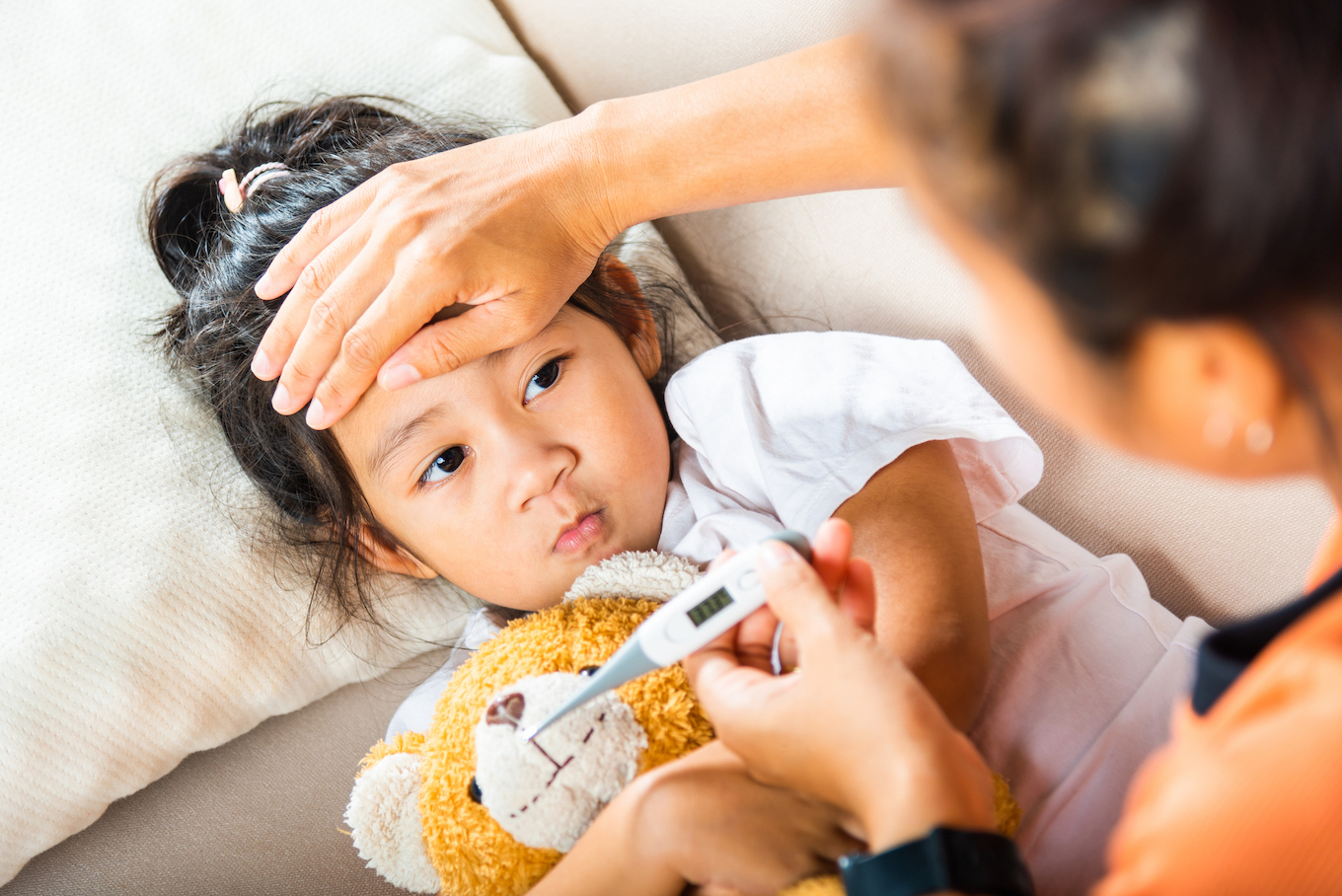
Scarlet fever isn’t as commonplace as it was in the 1800s and 1900s, but it can still develop in some children who experience strep throat infections, according to the Mayo Clinic. In addition to a sore throat and fever, scarlet fever usually causes a full-body red rash.
Per the Centers for Disease Control and Prevention, the illness can be serious if untreated, but doctors will prescribe antibiotics to a child if they’re afflicted. The rash should disappear in about a week.
Impetigo

Like scarlet fever, impetigo can also be caused by the same strep bacteria. According to the CDC, impetigo will present on the skin as sores, typically around the nose and mouth or on the arms and legs.
It is contagious but usually goes away after a course of antibiotics and can clear up in a few days to weeks.
Heat Rash
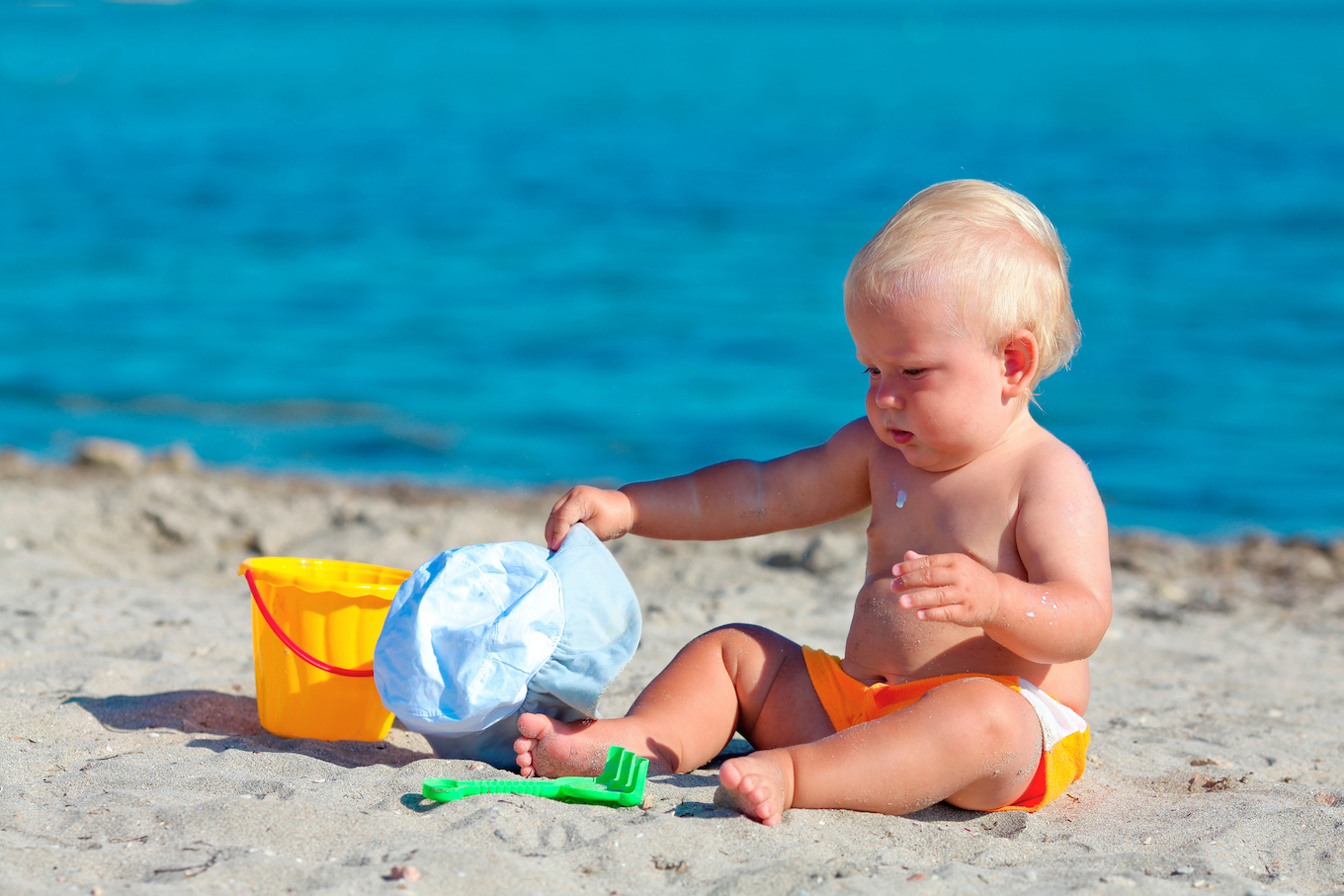
In the spring and summer, parents should be cautious about sun damage to their kids’ skin. Not only is sunburn a concern, but heat and humidity can cause heat rash. According to the Mayo Clinic, heat rashes occur when sweat gets trapped in the glands
Avoid this issue by having kids spend time inside or in the shade when possible on hot days and make sure they stay well-hydrated. Also, dress them in loose clothing to prevent sweat from getting trapped.
Swimmer's Itch

If the kids are going to be playing in lakes or oceans, keep an eye out for signs of swimmer’s itch. According to the New York Department of Health, the itchy rash is a result of parasites that live on snails and water birds.
Although most cases go away on their own, you can avoid the whole ordeal by staying out of cloudy water or water that has a lot of wildlife or weeds in it. In addition, make sure to rinse off and towel dry after being in the water.
Molluscum Contagiosum
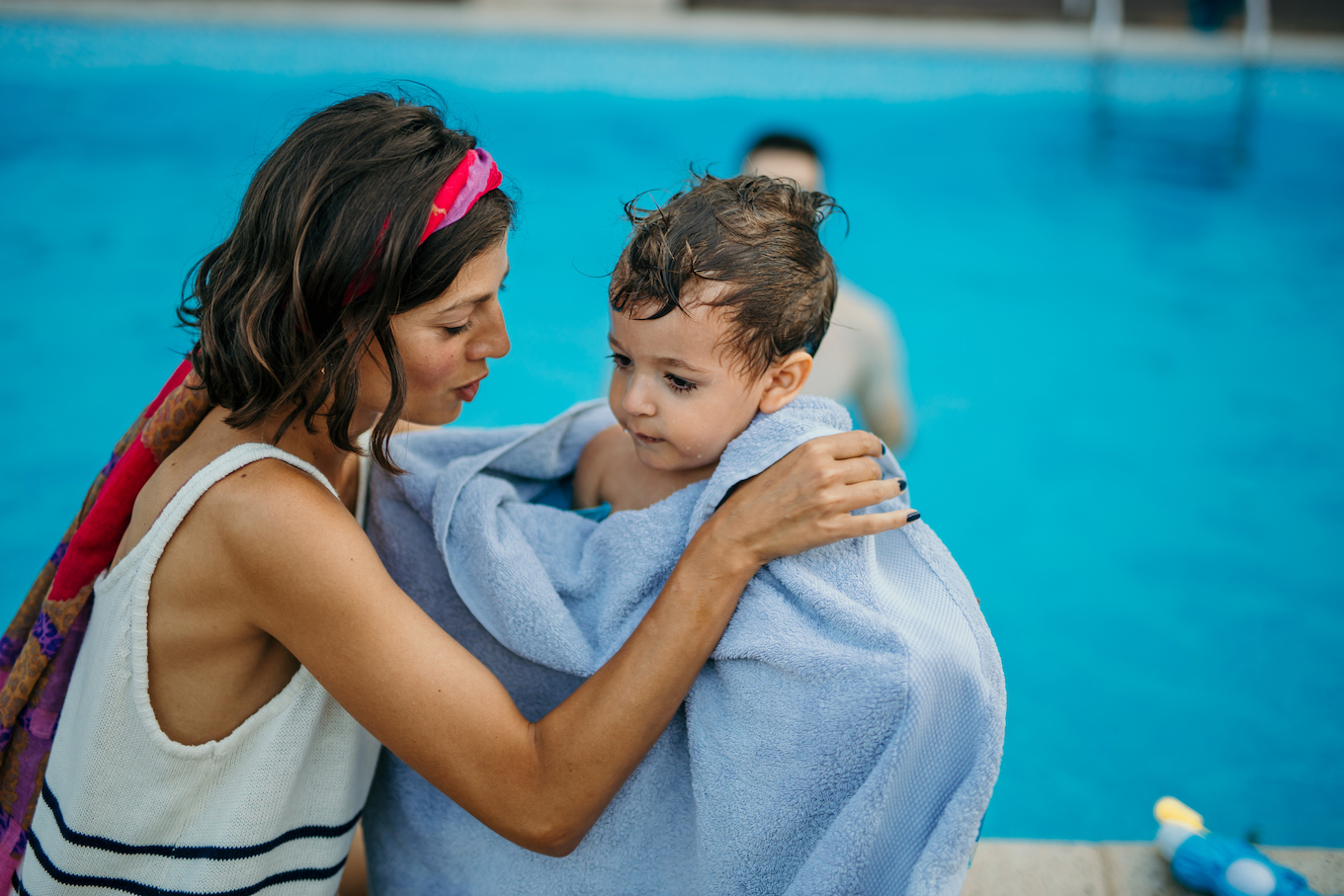
Another possible summertime malady is Molluscum contagiosum, which causes small firm, pearl-like transcalent bumps around the size of a pinhead or pencil eraser.
According to the Mayo Clinic, this skin issue is viral and often contracted from infected objects such as pool toys, towels, or mats, so discourage children from sharing these items and encourage handwashing and sanitizing.
Avoid touching the bumps, as this can cause them to spread. They can take a couple of months or even years to heal. They can become inflamed, itchy, or even burst open, so talk to a doctor if you notice these bumps on your child or if they are uncomfortable.
Papular Urticaria

Children can be overly sensitive to bug bites, leading to papular urticaria — also known as hives. This reaction can occur from bites or stings from mosquitoes, spiders, flies, fleas, ticks, and other bugs.
The best way to avoid hypersensitivity to bug bites is through prevention. Apply bug spray and have children wear long sleeves and pants if spending time outside or in the woods.
Eczema
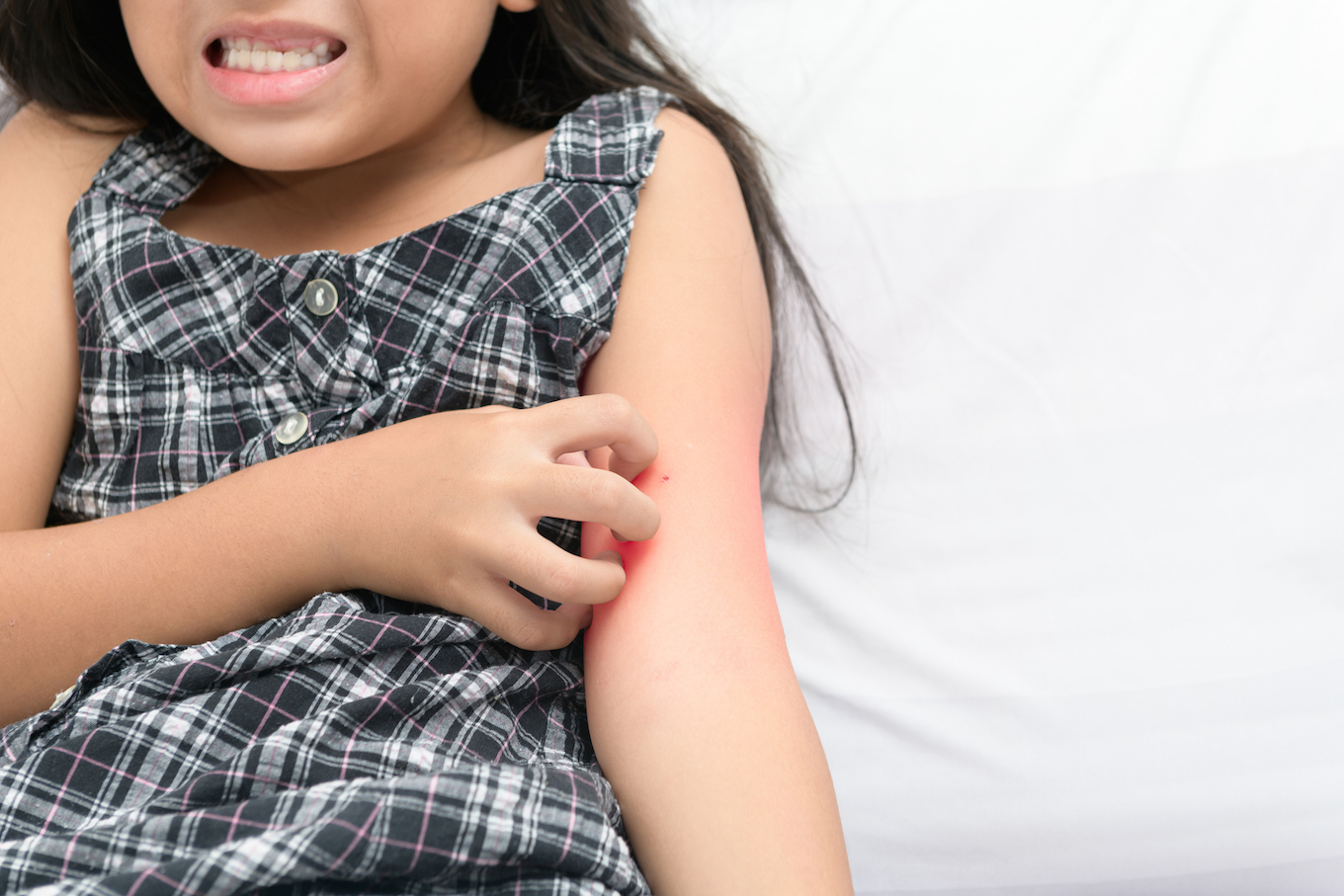
Eczema often presents as itchy, dry, scaly spots that can flare up throughout a person’s life, per the National Eczema Association. It has no cure, but the spots can be managed with skin care products, such as moisturizers and topical medications. If you think your child has eczema, it’s best to speak with a doctor for an individual treatment plan.
More from CafeMom: Navigating Our Eczema Together Makes Me A Better Mother To My Daughter
Keratosis Pilaris

Sometimes mistaken for acne, keratosis pilaris is made up of dry, hard bumps of dead skin that clog pores. According to the Nationwide Children’s Hospital, these bumps can be hereditary and may never go away completely, but they are harmless.
To treat them in children, parents can gently exfoliate and moisturize the affected skin.
More from CafeMom: Dry Skin or Eczema? Here’s How To Tell the Difference
Cellulitis
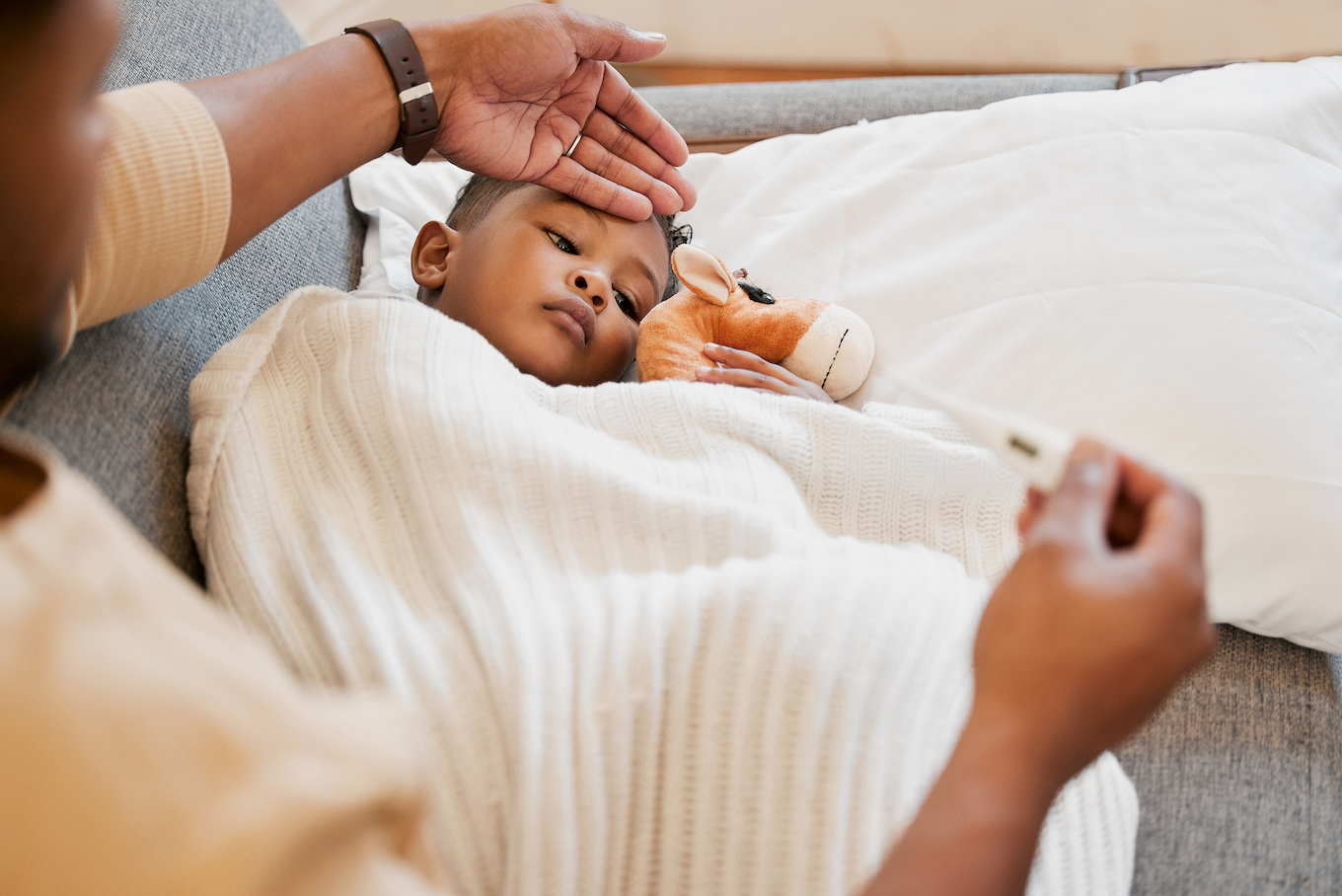
Cellulitis is a secondary infection of bacteria that often enters a previously created wound or break in the skin, notes the CDC.
It usually appears on the feet and legs as a painful and warm swollen red patch. It can be a pretty serious thing, so seek medical attention if the symptoms are present. Doctors treat cellulitis with antibiotics.
Birthmarks
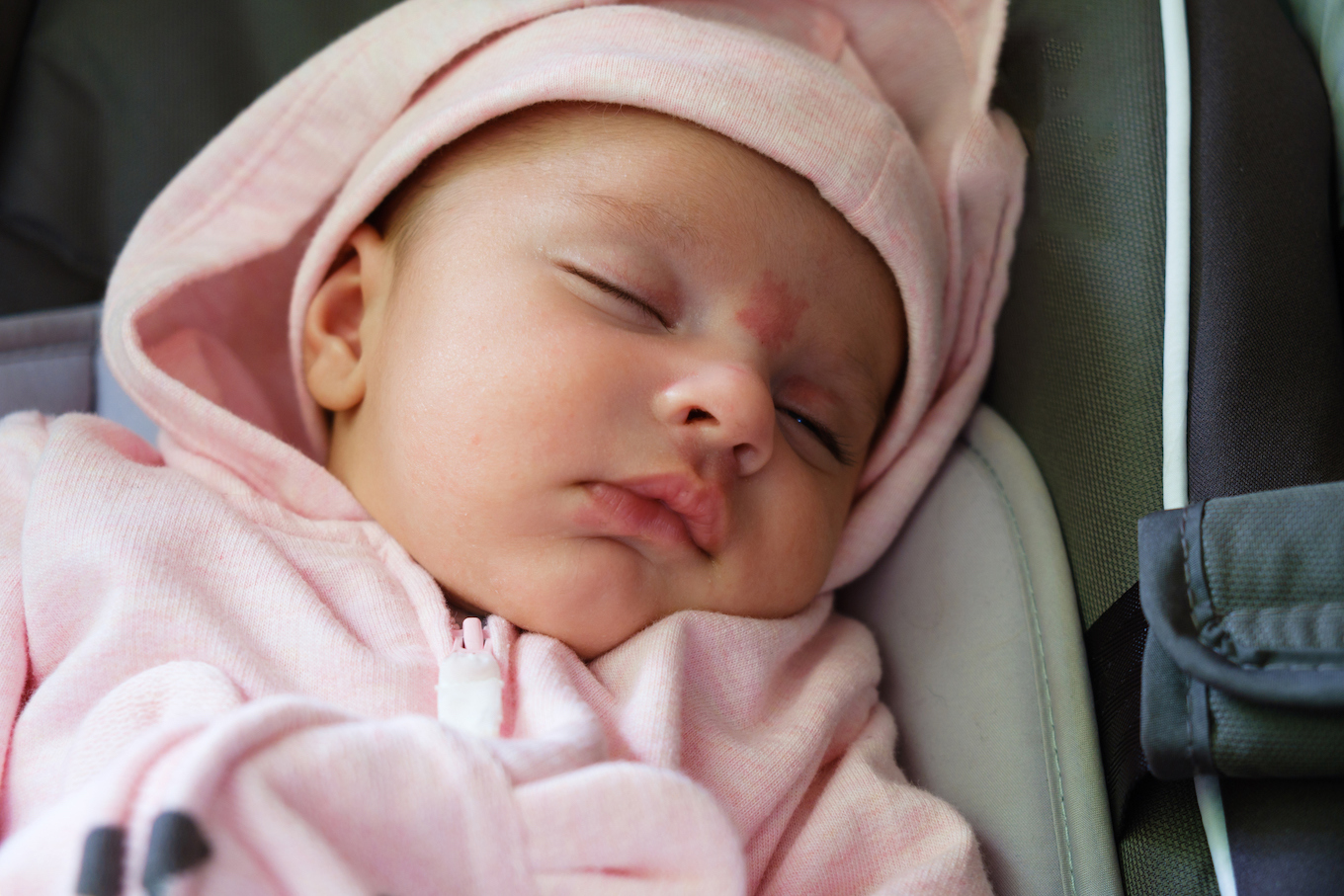
A variety of birthmarks can appear on babies and kids, and most of them are benign. Often they’re made up of “abnormally formed blood vessels,” according to Yale Medicine.
Doctors can use laser therapy to lessen the pigment on marks such as port wine stains. Other birthmarks may go away as a child gets older, like different types of hemangiomas, per the American Academy of Dermatology.
Have the child’s doctor note where birthmarks are and what they look like so parents can track any significant changes in shape or size that may necessitate further care.
Contact Dermatitis
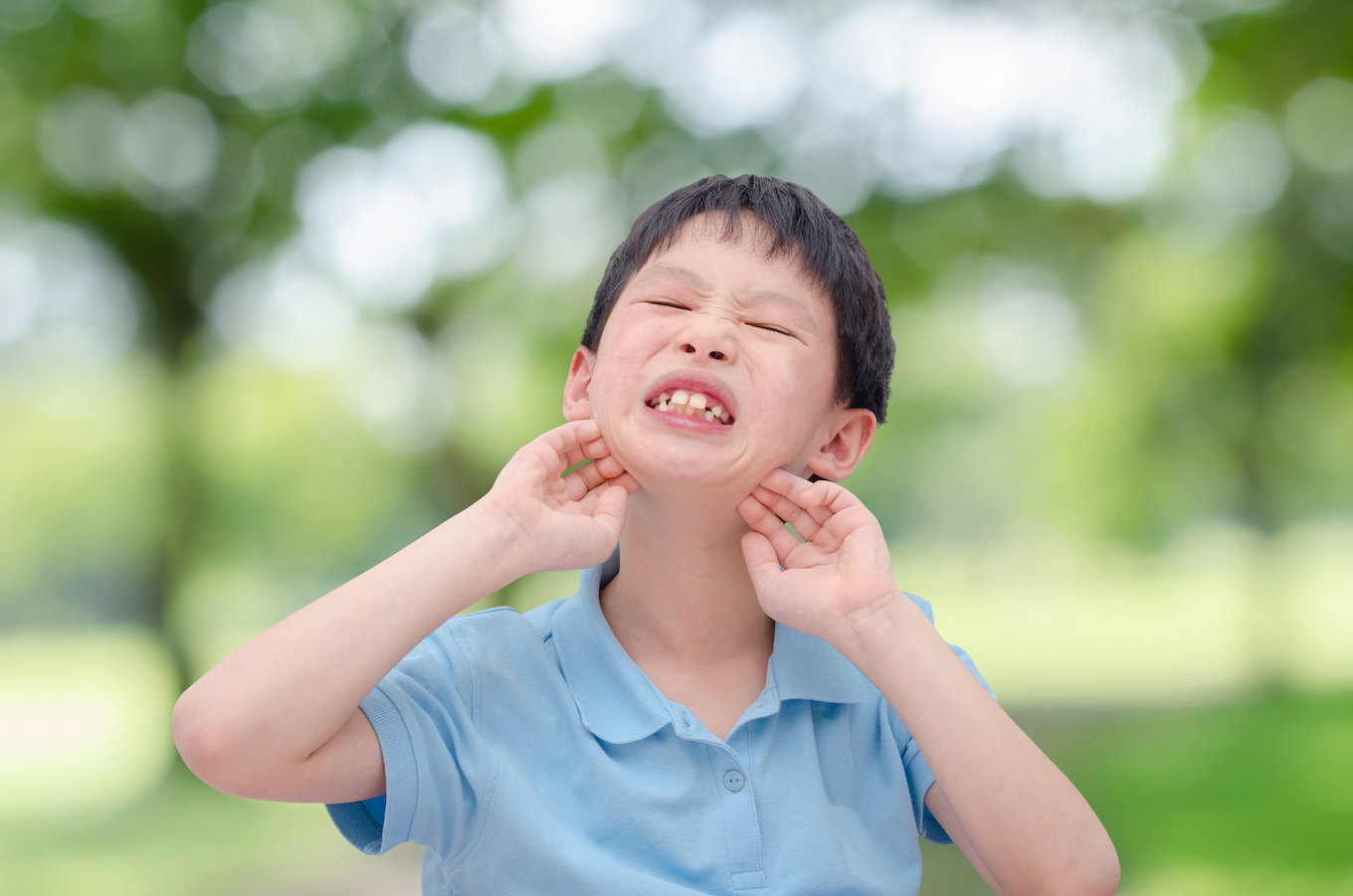
Contact dermatitis is an umbrella term for an itchy red rash acquired from coming into contact with an allergen. According to the Mayo Clinic, this most commonly occurs from brushing up against poisonous plants, wearing jewelry with nickel in it, or using overly fragrant skin care products.
As long as you identify the cause and the child stays away from it, the rash should clear up within a few weeks. If it shows signs of an infection, like oozing, a fever, or raised redness, talk to a doctor.
Warts

Warts are harmless skin growths caused by papillomavirus, according to Johns Hopkins Medicine. They often grow on a child’s hands, feet, arms, legs, or face. Although warts can be removed with laser treatment or cutting or freezing them off, they may return.
The best course of action is to avoid them in the first place. Caution children not to touch other kids’ warts and not to share items like towels or clothing.
Cold Sores
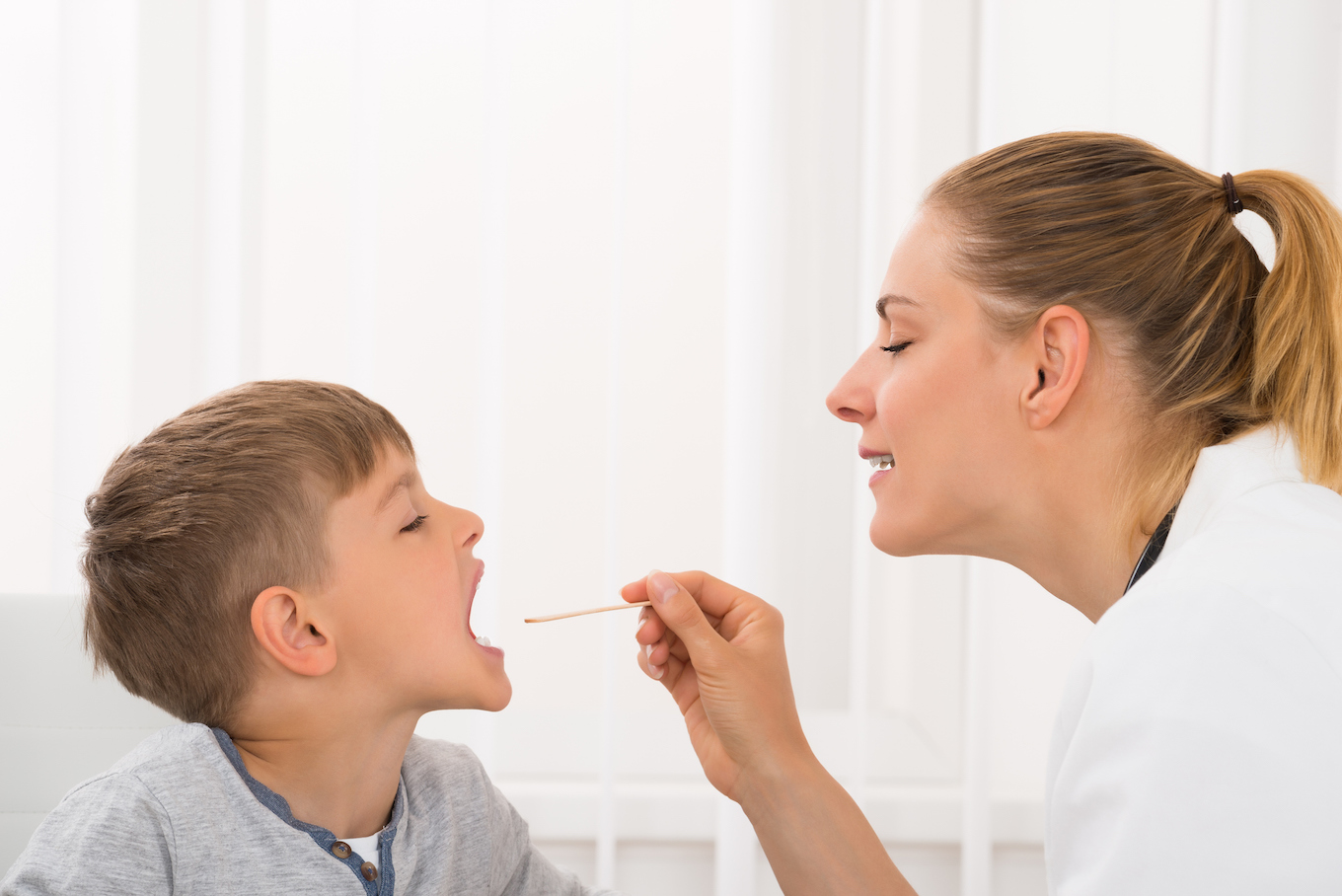
Cold sores are a type of herpes virus that commonly appears as a blister on a person’s lips. Per the Cleveland Clinic, they’re very contagious, so children should avoid kissing family members with sores or sharing items like lip balm or eating utensils.
For babies, cold sores can be extremely dangerous, so discourage family and friends from getting too close to a newborn’s mouth. For older children, apply topical ointments to the sores when they first feel them coming on and while they last for a couple of weeks.
Folliculitis
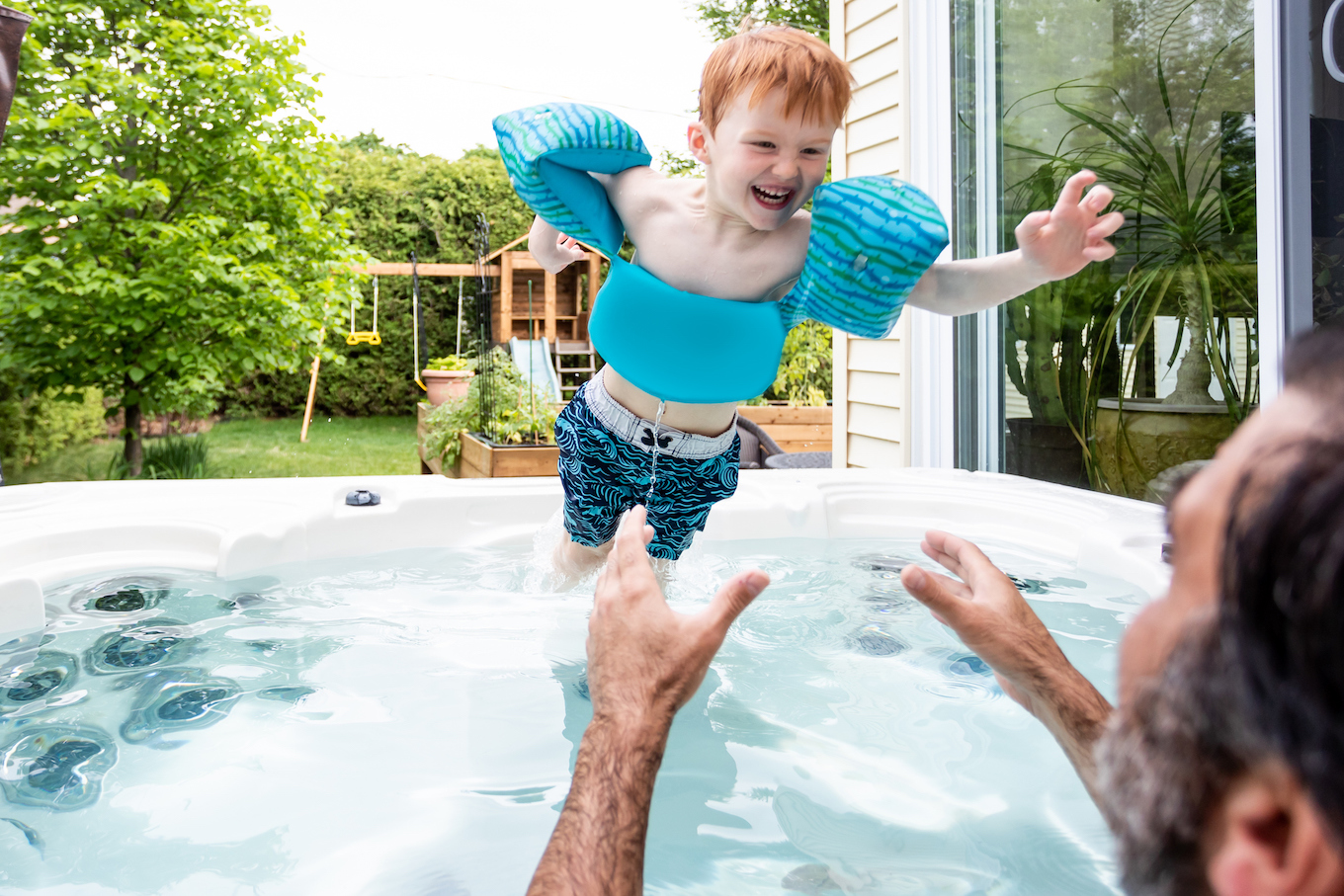
Folliculitis develops in a person’s hair follicle when bacteria enter the skin, notes the American Academy of Dermatology. Younger children may get this from hot tubs, tight clothing, or having areas of skin rub together. Tweens and teens may experience it in the form of ingrown hairs from shaving.
To treat the issue, use a warm compress on the area several times a day and try to avoid doing what caused the issue in the first place. Wear looser clothing and skip shaving and hot tubs for a bit if folliculitis flares up.
More from CafeMom: How To Keep Baby’s Skin Looking Healthy During Each Season







